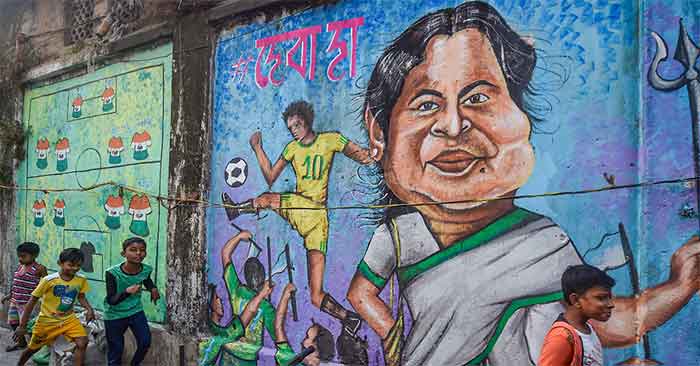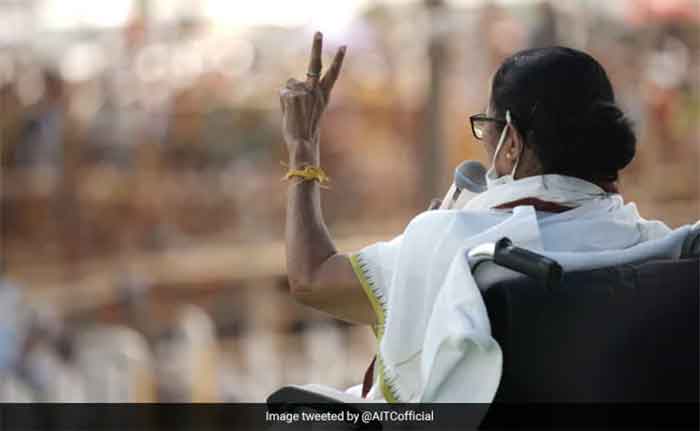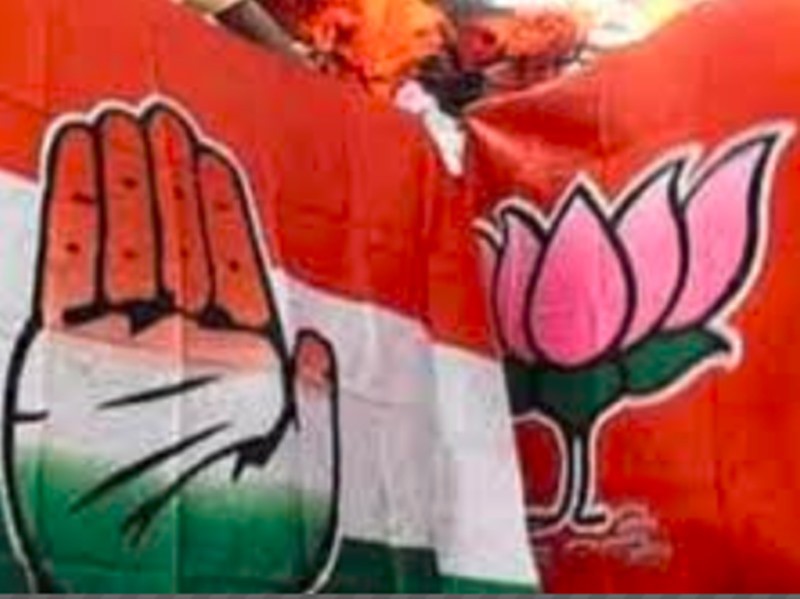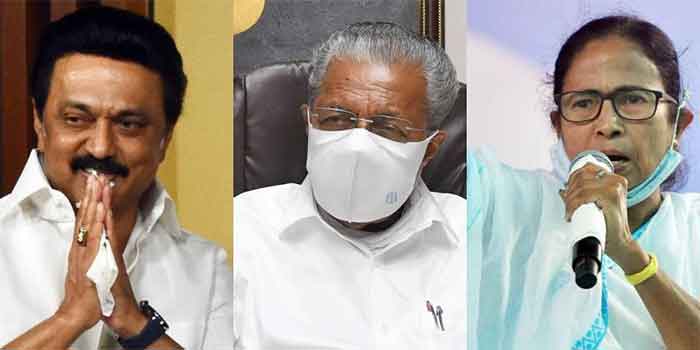
The 294-seated West Bengal Assembly Elections were held in 8 phases from March 27 to April 29, 2021. It was a three-cornered fight amongst All India Trinamool Congress seeking a third term, Congress and Left front fighting together (collectively called the Sanjukta Morcha), and BJP hoping to make its mark in the Eastern state. While TMC struggled to retain their position after being mercilessly betrayed by some of the party’s associates, the CPM left no stones unturned to re-establish the faith of the people in them. The desperation of the BJP to win the Bengal battle was clearly marked by the regular visits paid by the Prime Minister and Home Minister, the members of the party pledging to make ‘Bangal’ golden (Sonar Bangla), and reminding us that the state is the land of Vivekananda ‘Thakur. However, all the actors in the play unapologetically ignored the consequences of the ongoing pandemic on their stakeholders. The whole country was awaiting the results.
Although I have never taken any interest in politics, the slogans have always amused me. Being a resident of West Bengal since birth, precisely Kolkata, some of my favourite slogans have been “Vote din bachte, Tara haturi kaaste” (slogan from the CPM meaning “to live, cast your vote on the CPM symbol star, hammer, sickle ) and “Shukno daal e duti phool, Mamatar Trinamool” (slogan which is also the description of the TMC symbol “two flowers blooming on a dry stem, that’s Mamata’s Trinamool). This write-up aims to highlight the importance of a political slogan and how big a role it might have played in determining the 2021 West Bengal state election results.
It goes without saying that the intention of the slogans is to create a bridge of communication between the political party and the common people and rhetorically convey its ideas and agendas. The catchy phrases linger on in the memories of the people long after the elections are over.
To start with the slogan of the BJP, it was a customary one-liner integrating the flaws of their opponents and their self-proclaimed potential. It goes like “Aar noy onnay, ebar ashol poriborton, ebar BJP” (No more injustice, this time real change, this time BJP). Sadly, in spite of displaying this slogan on numerous posters and banners all over the state, it could not become very popular. I say this so confidently because while I was writing this piece, I could not recall the slogan on my own. I was reminded of the humorous one from the PM himself which was originally meant to be “Padme chhaap, TMC saaf” in Bengali meaning “Cast your vote on the Lotus symbol and eradicate TMC from the state”. Unfortunately, it came out as “Pnode chhap, TMC saaf” which, again, unfortunately means “Cast your vote on the Buttocks symbol and eradicate TMC from the state”. This not only paved the way for the funniest meme of the year but also highly criticised the failed attempt of the PM at speaking in Bengali. However, I would never claim that its slogans were the only reason the BJP failed at progressing one step towards achieving “Opposition-Mukt India”.
While talking about slogans, we can never leave out the most famous “Jai Shri Ram”. With their staple slogan and the vehement claim of their definite win, the BJP had already succeeded to plant a sense of fear in the minds of their non-supporters of the state. To counter this, the TMC came up with the slogan “Khela hobe” (meaning “Game on”). The statement which in itself was significant of the challenge, was also coupled with an equally catchy and upbeat song by the same name. Along with this, the TMC also very strategically came up with a second slogan “Bangla nijer meyekei chay” (meaning “Bengal wants its own daughter”). This created a soft corner in the hearts of the people by making the CM a protection seeking daughter of the land instead of “Didi”, meaning “Elder sister” who is considered to be a protector herself. No matter how much the people were and still are against “Pishi” and her ideas, they could not afford to lose her to patriarchal outsiders who have attacked the daughter of the state. This time, it was more about defeating the BJP than making the TMC win.
While this tiff over slogans of these two parties were on, the Sanjukta Morcha representing the CPM came up with “Haal pherao, laal pherao” (meaning “Bring back better conditions, bring back Red, the color of the CPM). This indicated sheer ignorance on their part. It was evident that the CPM had messed up after ruling for 34 years and hence they were replaced in 2011 by the TMC. The only things that the people of the state were looking for in the CPM were acceptance and apology. And, in addition to that, a concrete assurance to overcome their mistakes and make corrections. In poetic words they were probably expecting “Haal dhorbo, Laal gorbo” meaning “we will take responsibility for the system and rebuild the red team”. With an already weak condition of the party, their lofty slogan integrated with their claim of being the only educated party of the state failed to win the hearts of the people. In these trying situations, especially during a pandemic, people could not afford to let go of the party which promises to provide in return for their votes, rather than choosing a party which promises jobs for the deserving.
Therefore, if one goes by a reading of the slogans, the victory of TMC was inevitable this time but not as inevitable as the loss of BJP and CPM.
Tatini Chakraborty is from Kolkata, currently working as a Statistician
GET COUNTERCURRENTS DAILY NEWSLETTER STRAIGHT TO YOUR INBOX















































